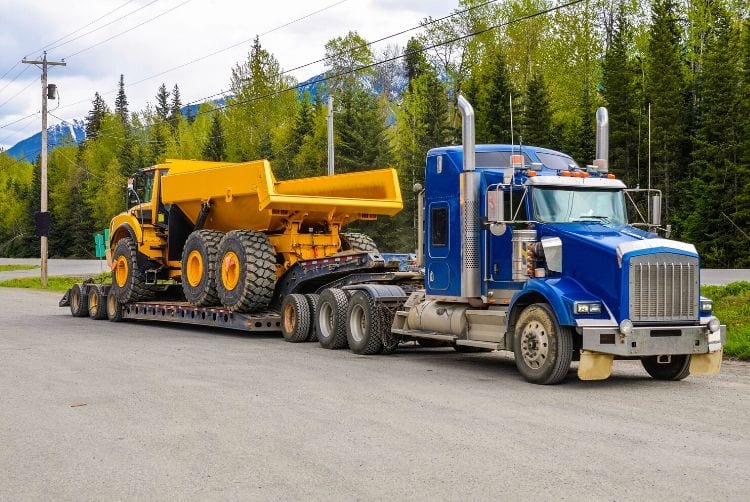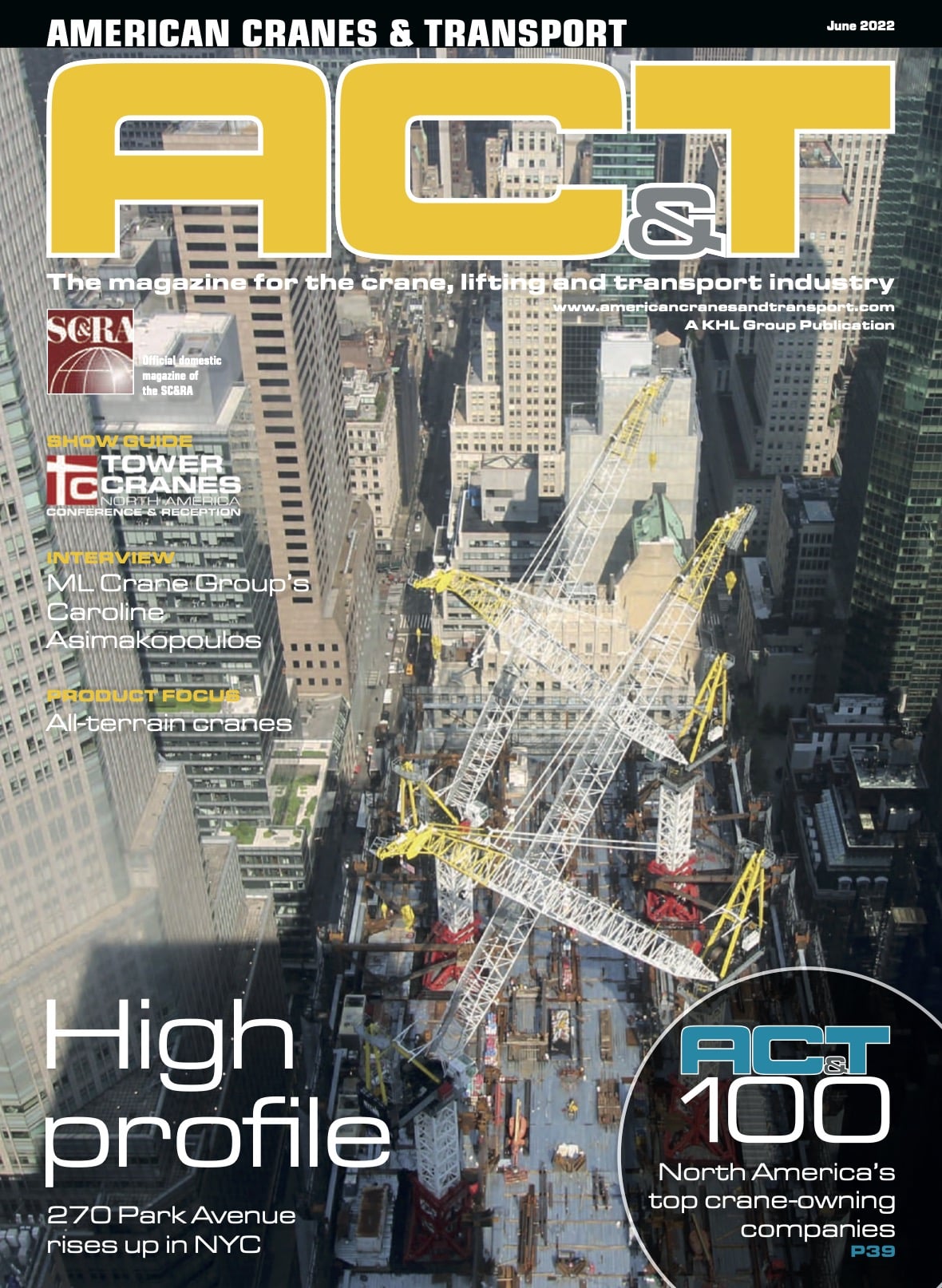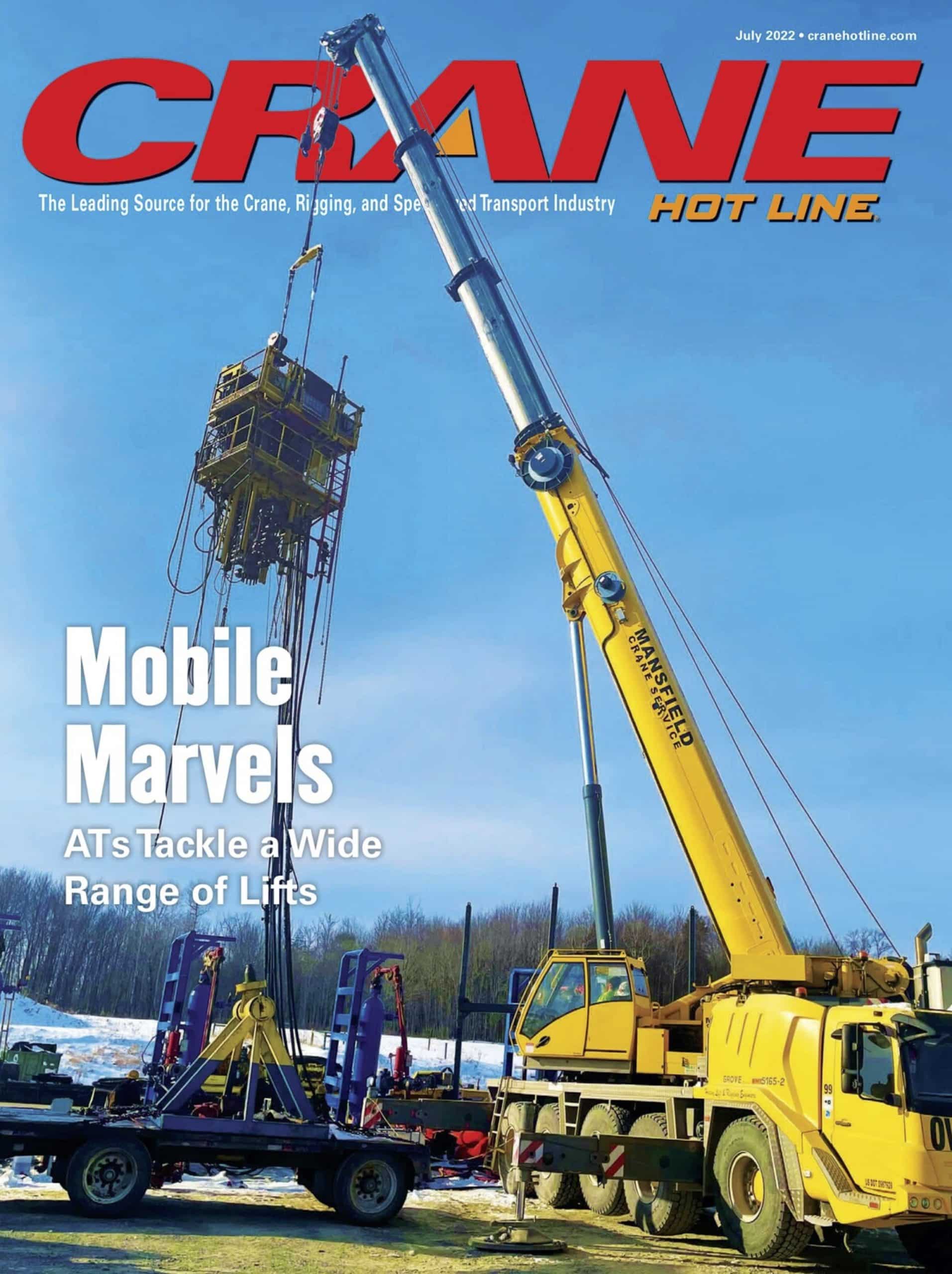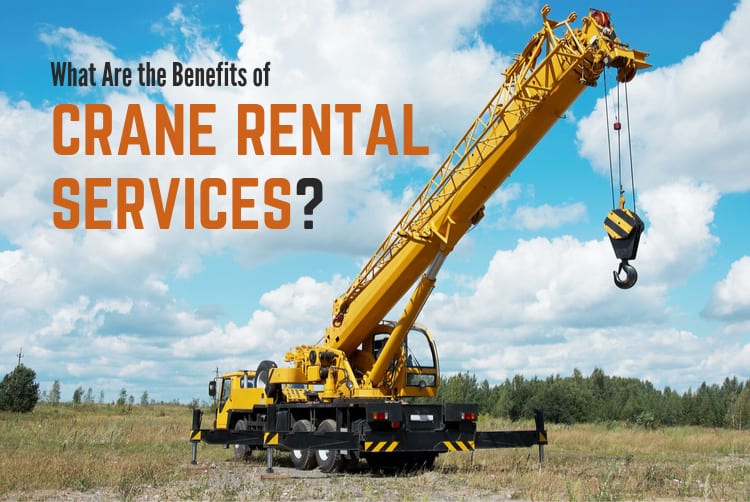Heavy equipment is essential to complete any construction project. It’s also important for derailments or other instances where cranes or other heavy pieces are needed. Still, due to the equipment’s size and shape, it can be difficult transporting these machines to their designated places. Fortunately, these best practices for transporting heavy equipment will help anyone get their construction equipment from point A to point B without any complications.
Check the Owner’s Manual
The owner’s manual of the machine should list specific instructions on how to transport it. This is extremely important to know the protection or precautions to take beforehand. Some equipment may be more sensitive or need extra protection. Some other equipment may not be transportable at all or may need to be broken down first. If you don’t have the original manufacturer’s manual, be sure to check the website. If you’re renting your equipment, you can also contact the rental company; they will know how to treat each machine appropriately.
Know the Route
You should also know the route. To get the equipment to its designated location in a timely manner, you should check the route to see if there are any hindrances. This includes roadblocks, road traffic, construction, etc. Additionally, your route may require transporting over a bridge or under an electrical line. The height and weight of the machines are important to know, especially for road safety concerns such as these. Take these obstacles into consideration when you calculate the expected time to transport the equipment.
Set Pickup and Drop-off Arrangements
Keep your team accountable for the pickup and drop-off of all heavy equipment. These teams need to be at both sites on time to perform their designated tasks. This team will ensure everything goes according to plan and make sure the load is secured and ready to go. These teams should also know the route in case any accidents or issues occur that could delay or stop the transport.
Inspect the Vehicle
Before the driver leaves the pickup location, it’s important that they inspect the vehicle. This is an essential practice to transport any heavy equipment as it ensures safety and responsibility with the delivery. This includes checking the tires, lights, brakes, tie-down points, and weight. The tires must have the appropriate amount of tire pressure. Front and brake lights should work too. Also, the brakes should perform without issues. The tie-down point and weights ensure the trailer can carry the load without issue. Typically, there is a minimum of four tie-down points for loads over 10,000 lbs. that each has their own binder, boomer, and individual chains connected to trailer hitch points. This way, there is constant tension and tightness throughout each chain connection.
Avoid Any Risky Load Designations
Finally, do your best to avoid risky load designations. Extremely large pieces of equipment may be considered an oversized load that makes their transport awkward and potentially dangerous. You can avoid these risks with certain precautions. If it’s overweight or over capacity, remove the parts protruding from the trailer and transport them separately. If it’s overlength, you will need to move slower and allow greater space between you and over vehicles.
Be sure to check us out at NessCampbell Crane + Rigging to transport your heavy equipment using any of our heavy haul trailers. As one of the top crane companies in Portland, Oregon, we carry various cranes, riggers, and heavy haul trailers for any type of project. Contact us today and we’ll guide you through our fleet of heavy construction equipment.






